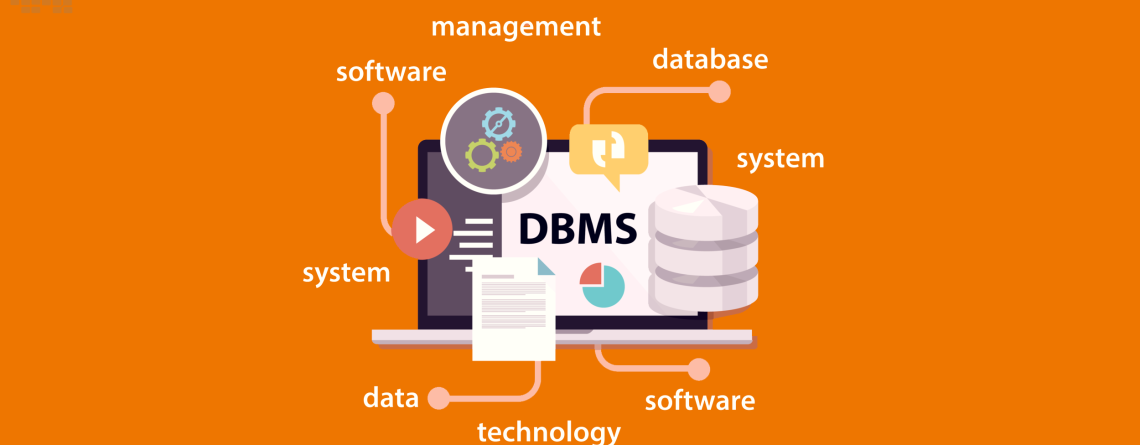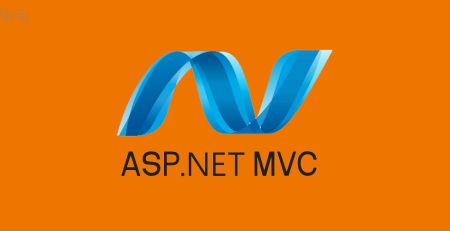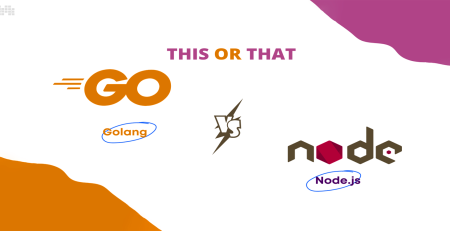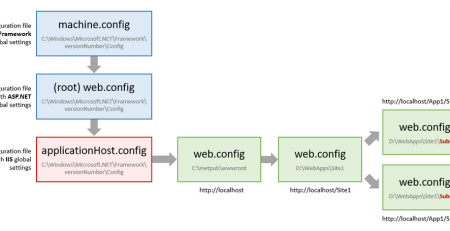How To Choose The Right Database For Your Application
There are many different types of databases available, so how do you know which one is right for your application? Here are a few factors to consider when choosing a database:
- The size of your data: How much data do you need to store? If you have a large amount of data, you’ll need a database that can handle that much data efficiently.
- The structure of your data: How is your data organized? If you have a lot of data that is not well organized, you’ll need a database that can help you organize it.
- The speed of your data: How fast do you need to access your data? If you need to access your data quickly, you’ll need a database that can handle that.
- The security of your data: How important is it that your data is secure? If you have sensitive data, you’ll need a database that can keep it secure.
Your IT project would entail the development of a mobile application or software. It is critical to select the appropriate database. Choosing the right database can be difficult when developing a new mobile application or adding new features. Your current database cannot handle millions of users and regular updates.
You’ll need the assistance of a custom software development company to find a suitable database management system (DBMS). The DBMS facilitates communication between your application and the underlying database. It ensures that the correct data is available when needed for the selected user group.
You must consider the specific requirements of your applications when deciding between a SQL database and a NoSQL database for your applications.
When first starting with a database for software, consider the following factors to help you choose the best database for your projects.
Consider whether the database you’re currently using can meet all of your needs when selecting a database management system for your technology’s functions.
To begin, consider asking the following questions.
- If your app becomes viral, what will you need from your database to support it?
- When scaling up your app or software, can you add additional features to your database?
- Is your choice of the database based exclusively on what you need to display your demo by getting the right database management service?
You might be tempted to just start MongoDB and forget about it. You can also choose between SQL and NoSQL; keep in mind that making a hasty decision now may lead to regret later.
What are the advantages of DBMS, and why should you use one for your project?
- Using database management software tools ensures consistent performance for users.
- There is less chance of mistakes, particularly regarding user data.
- Allows firms to save money on data management expenditures by simplifying the data administration process.
- Data may be accessed more quickly at a certain moment.
- Provides the highest protection possible, avoiding data loss and theft.
Types of Database to consider
Consider the following factors before selecting a DBMS. Using a database management system (DMBS), whether PostgreSQL, MySQL, or NoSQL, you can save time and frustration.
There are several factors to consider when selecting a database management system for your business. When selecting a new database, you should consider your current database, business goals, and scalability requirements.
Here are some of the most important types of databases to consider for your product development.
NoSQL and SQL Databases
The most important consideration when selecting a database for product development is deciding between a SQL (relational) and a NoSQL (non-relational) data structure.
It is important to remember that, while both databases are viable options, they have significant differences.
Unlike relational databases, which include rows and columns, NoSQL databases do not have a standard organized schema for all entries. A JSON-based NoSQL database entry can have a variety of fields.
| SQL | NoSQL |
|---|---|
| RELATIONAL Database Management System (RDBMS) | Non-relational or distributed database system |
| A database having static/fixed/predefined schema | Database with dynamic schema |
| Is not ideal for hierarchical data storage | The best option for hierarchical data storage |
| Suitable for executing sophisticated queries | Not the best option for running complex queries |
| Vertically Scalable database | Horizontally scalable database |
| Goes with Atomicity, Consistency, Isolation, and Durability (ACID) | Follows Consistency, Availability, Partition Tolerance(CAP) |
| Examples: PostgreSQL, MySQL, Oracle, MS-SQL Server etc. | Examples: Neo4j, GraphQL, HBase, MongoDB, Cassandra, etc. |
Columnar DBs
The atomic unit of this database is a table column, implying that data is stored in multiple columns. It speeds up column-based searches and ensures data compression because the data in each column is relatively consistent.
Key-value DBS
Key-value DBS queries are one of the single queries available. A query like ‘select all records where city = “London”‘ might not be supported, for example, because it crosses several record values.
When using this database, use the TTL (time to live) field to specify when a specific database entry should be removed.
Document-oriented DBS
Documents are JSON files, and the schema of each document may differ.
Indexing specific fields in a document allows for faster queries based on those fields in a document database (DB). This forces the field to be present in all documents.
Graph DBs
Nodes represent entities in graph databases, and edges show how different records in the database are connected.
Factors to consider when choosing the right database
The DBMS is in charge of how your applications and the database interact. It ensures that the correct data is available when the user group requesting it requires it.
A few key factors should be considered before selecting a database management system for your IT project.
Data consistency
Obtaining the necessary information should not be difficult. When new sources are added to the database, the need to maintain consistent data grows. As a result, when selecting a new database management system, the ability to define consistency rules should be taken into account (DBMS).
Consistency refers to how database transactions are limited to only modifying data that is directly impacted by them, based on predefined constraints. When it comes to data consistency, SQL databases have a reputation for being more dependable than NoSQL databases.
This implies that if your application requires reading the most recent data, the former is preferable.
Data protection & security
Personal data access control and encryption are required. In this case, the encryption mechanisms provided by each DBMS differ depending on how procedures and access privileges are configured.
When deciding on a data security method, it is necessary to consider the database structure when evaluating a database management system and data security method.
In the event of a system breakdown or failure, always investigate the database’s safety mechanisms. When synchronization and decentralized storage are used, there are additional security concerns.
It is also necessary to address issues such as data in motion, data at rest, data reading and writing, and so on. You can also include personalized or standard authentication.
To summaries, a database should have the best safeguards in place to protect data confidentiality, integrity, and accessibility.
Resolve data conflicts
Data conflicts can occur when one user on one device changes data that another user on another device has already changed. Data can become inconsistent between different versions of the same database.
As a result, resolving these issues necessitates selecting the best product development database system.
To resolve conflicts across users, cloud systems, devices, and third-party integrations, the conflict resolution database system must be adaptable.
Data shape
In SQL databases, strongly typed data is frequently stored in rectangular tables with rows and columns. Indexes speed up certain searches, while JOINS allow you to query multiple tables at the same time.
These methods rely on well-defined relationships between database tables. Weakly-typed JSON, including arrays and nested documents, is frequently stored in document databases when necessary.
A graph database stores nodes, edges, triples, and quads. There are also key-value and columnar NoSQL databases available.
In some cases, you may be able to obtain data in a form suitable for analysis; in others, a transformation (to another form) is required.
A database can be created on top of another. For example, key-value stores can be used to support almost any database.
Considering service and implementation costs
Examining the modifiability and availability of support and documentation is critical when selecting database management as part of the implementation and Total Cost of Ownership (TCO).
Throughout development, it is critical to keep your company’s specific database management system requirements in mind. When you precisely understand your requirements and cost-effectiveness, selecting the right set of tools for a database becomes easier.
Data modeling for multiple databases
It is a good idea to do data modelling before deciding on a database. Use this model to see how the database will be structured and how it will meet your business requirements.
If your app includes useful functions such as reporting, search, or location-based functionality, data modelling is required. Multiple databases are required to handle the various types of data generated by these programs.
Consider several databases, such as Uber, that use MySQL, MongoDB, and others. Their CDN (Content Delivery Network) is powered by MongoDB, and their business logic is powered by MySQL. Because of MongoDB, they were able to store a large amount of data quickly and easily.
Multi-platform support
If you want to create an app, consider the platform — iOS or Android? Furthermore, if you intend to add support for additional platforms in the future, you must do so immediately.
Many applications now include a web companion app as well as native desktop software. As a result, if you want a database for your company, consider whether it supports multiple platforms.
For example, if you’re creating mobile apps for iOS and Android, React Native is an excellent choice. Developing for both Android and iOS at the same time is simply due to the ability to exchange code between the two platforms. Aside from that, database compatibility is required.
Stability and maturity
First, determine whether your Database Administration (DBA) staff is knowledgeable about newer technologies. If possible, consider self-hosting a database. It may be appealing if your organization has never used it before, but it is not a good idea if you lack database expertise.
Setting up a database is time-consuming. You must run the setup, ensure configuration, and provide fine-tuning, especially when dealing with large datasets.
When it comes to long-term production dependability, the “old” organization’s self-hosted workhorse is sometimes the best option.
Legal considerations
Several laws exist to protect the personal information of customers who rely on your software and applications.
GDPR governs data privacy, protection, and placement in the European Union.
In terms of healthcare, HIPAA and GLBA govern how financial institutions handle consumer data in the United States. The new California Consumer Privacy Act (CCPA) protects and promotes consumer privacy rights.
You can handle data legally if you ensure that you follow any or all of these rules as part of best practices when selecting a database. Because it is difficult to identify flaws in such databases manually, some of them may have security or privacy flaws that have negative consequences.
How should I go about selecting the best database for the application?
The success of your application is heavily dependent on the database you choose.
It is preferable to investigate the data store’s underlying purpose and requirements. A large part of your application’s success is dependent on its ability to meet user demands while also making use of the data it collects.
What makes a good database model?
First and foremost, an ideal database model will have no duplication (redundant data). Second, it should ensure that data is accurate and complete. A perfect database model will discard anything that isn’t useful while maximizing its predictive and explanatory power.
Most database management systems are built with a specific data model in mind and require users to use that model, but some do support alternative database management system models.
What is the database model in DBMS?
Database models aid in comprehending how data is linked, stored, accessed, and updated in the DBMS. It represents information using a set of symbols and language so that your company can communicate and comprehend it.
Among the major types of database models in DBMS are
- Associative Data Model
- Context Data Model
- Entity-Relationship Model
- Flat Data Model
- Object-Oriented Data Model
- Object-Relational Data Model
- Relational Model
- Semi-Structured Data Model
What type of database would be used for organizations that use big data?
Organizations that implement “big data” databases can quickly and efficiently process and store a wide range of information. It makes use of unstructured and semi-structured datasets that are transformed into different formats so that analytics tools can use them.
This makes NoSQL databases such as MongoDB an excellent choice for storing massive amounts of data.
Businesses interested in big data implementation should consider the databases listed below.
- MangoDB
- HBase
- Cassandra
- Neo4j
- CouchDB
- Terrstore
- Riak
- FlockDB, etc.
Conclusion
While you may consider all or some of the above factors when selecting a database for product development, the change in software and mobile application environment will have an impact.
This can be done either during the feature upgrade or by adding a new feature. When you consider the previously mentioned points, your business will ultimately benefit. It is critical to select a DBMS that can handle a wide range of queries in this case.
These factors can also assist you in developing your list of requirements and evaluating the available DBMS on the market. Oracle, IBM DB2, MSSQL, AWS Web Services, and MongoDB are the most prominent vendors for relational DBMS.
After deciding on a database and releasing the product, ensure that a strategy is in place to monitor and maintain the DBMS operations at peak performance. When choosing a database, keep future needs and scalability in mind.










Leave a Reply